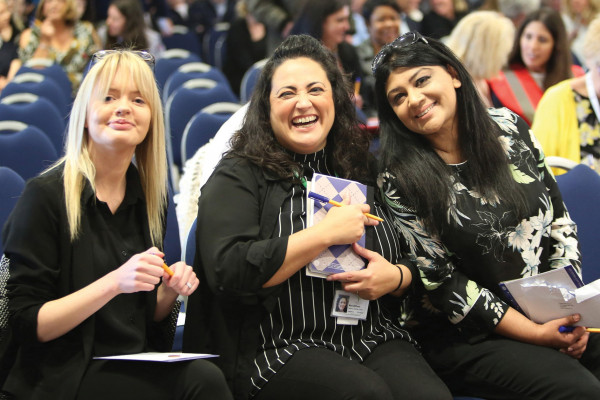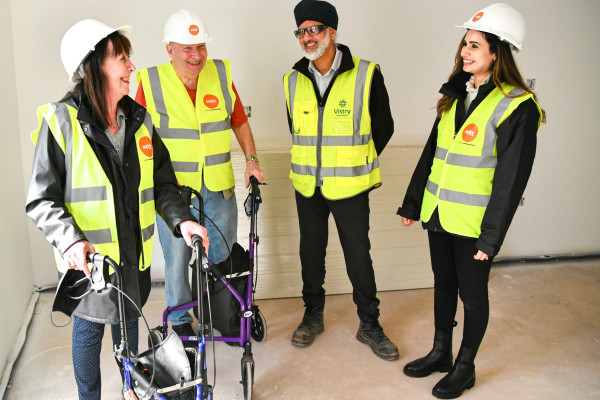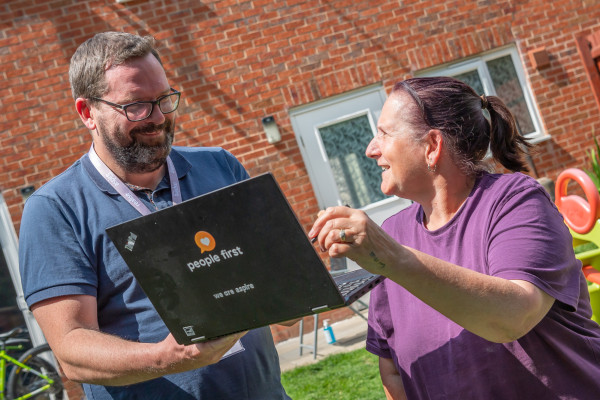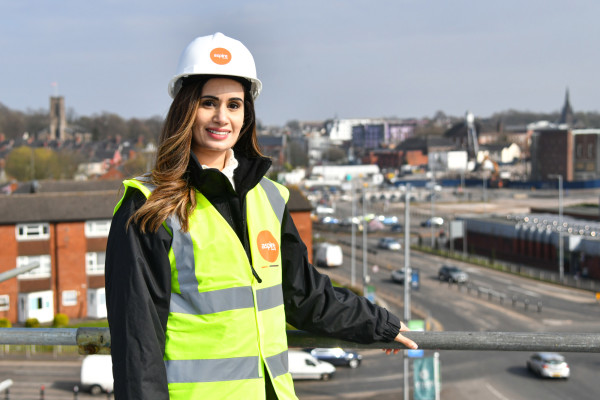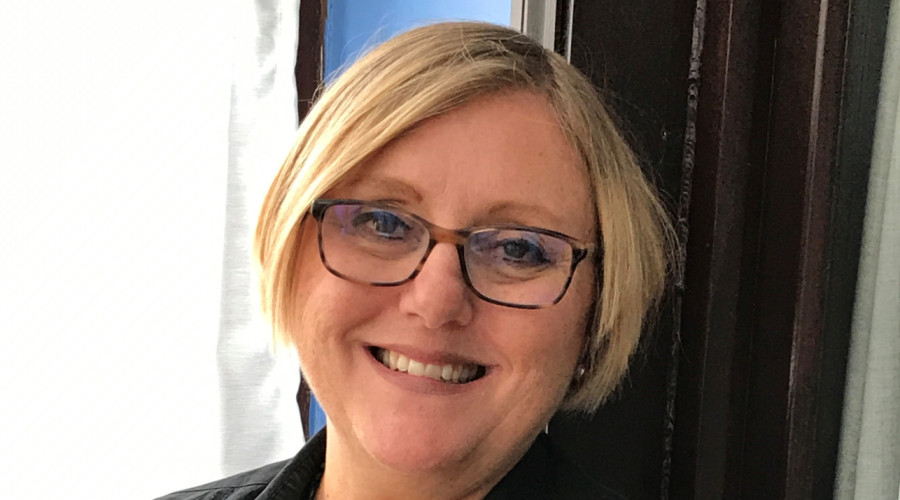Diverse Voices | Hidden Disability
15 February 2022
A session on Hidden Disabilities addressing the day-to-day considerations of working with a hidden disability and the challenges of misunderstanding and prejudice they have experienced.
The first in our Diverse Voices series of 2022 got underway with a session on Hidden Disabilities. Matt Reeves, Property Services Administrator at Soha Housing, and Andrea Lowman, Executive Director of Development, WCHG addressed the day-to-day considerations of working with a hidden disability and the challenges of misunderstanding and prejudice they have experienced. They also shared tips on how we can all be better colleagues to those similarly affected.
The session was chaired by Jo Tracey, Director of People at Connexus.
Andrea described Multiple Sclerosis (MS) as similar to a break in an electrical circuit - the signal doesn’t get through - in the case of MS, due to scarring. It’s still not entirely clear why it happens, nor why of the 130,000 people in the UK with MS more are woman, who often experience the relapsing, remitting variant. Men are more likely to have the rapid progressive variant which many non-disabled associate with MS as the person will be using a wheelchair. Andrea can experience a variety of permutations of symptoms ranging from extreme tiredness, muscle weakness or lack of mobility to pins and needles, sometimes memory issues or needing the loo quickly.
Matt, who started having epileptic seizures at 13, played this video from Epilepsy Action . It explains that there are over twelve types of epilepsy and how they may present.
Both speakers detailed the long haul towards diagnosis. Their years of tests and relapses (to confirm a diagnosis or efficacy of treatment) was an important reminder to us all to cut some slack to colleagues going through any kind of protracted health investigation. We should be aware that dealing with public bodies for PIP or Blue (parking) Badges is frustrating and time-consuming were a disabled colleague additionally going through that particular mill.
Matt described weighing up whether to declare his disability on applying for work at Soha Housing. Post-university he’d had one good experience of the workplace, and one very bad one. In the latter case his appointment (at a special school where, the employer agreed, epilepsy and dyslexia would allow for special empathy with the children) had been retracted after less than two weeks in the job: the employer realised that some lone-working responsibilities which it wanted him to carry out were not possible.
For Andrea the prejudice at former employers has taken the form of passive discrimination from colleagues or expressing the accusation that she was “being a victim” - all because, most of the time, she functions perfectly well.
How best can we help our workmates with hidden disabilities?
- We can find out in advance from the colleague how they would like us to react if they’re having an episode or a bad day. Everyone will have a different way of wanting to be treated as their illness will affect them differently from others.
- We can think ahead: we should be aware that for some colleagues with hidden disabilities it’s helpful to offer a video call even if most of the meeting participants are there in person. Not only does it enable your colleague to take part without the extra stress of coming into the workplace but you can record the meeting for them. That means that on a day of poor concentration, they can return to the topic when they’re more able to do so.
- Be patient. Both Matt and Andrea described their sense of letting people down when they feel they're not functioning as well as they might.
- Be thoughtful. After work drinks or lift-sharing may unwittingly exclude some colleagues who need to plan more than others – and they may feel wistful about their lack of freedom to be spontaneous compared to you.
- We could lobby for better public transport! Someone who can't drive is likely to have more limited employment opportunities.
Matt and Andrea’s advice for their peers with hidden disabilities
- If you have a hidden disability and feel comfortable to do so, it’s important to be part of creating a culture of open conversation about disability in your workplace. Even if active participation isn’t your thing, there may be an Equality, Diversity and Inclusion working group you can support, or the possibility of keeping in touch with a staff disability representative. The point was made that another hidden disability, mental ill health, was already a focus in the workplace and so many employers have structures already in place which lend themselves to also representing the viewpoint of the employee with a hidden disability.
- Don’t hide your disability and the way that it might present. Both Matt and Andrea described being able to accommodate their illness and being in tune with their symptoms or episodes so they know they were about to peak. Share as much detail as you feel able to with those colleagues you’ll see most often and who, most of the time, know you as someone who functions well. Explain that there may be times when your disability is far from hidden and how you would like to be treated when that happens.
Matt’s example was that he tells people there’s no need to call an ambulance unless a seizure lasts for more than five minutes - not everyone would know this if he didn’t tell them. He also likes to be left alone once colleagues have established he is safe.
Andrea’s strategy is to have a buddy who knows the extent of the symptoms which might appear and can help in situations where she might feel embarrassed if the come on with little warning.
The Diverse Voices steering group is immensely grateful to Matt and Andrea for sharing so candidly. The tips they gave for us being individually better colleagues could be implemented, and the impact felt, immediately.
